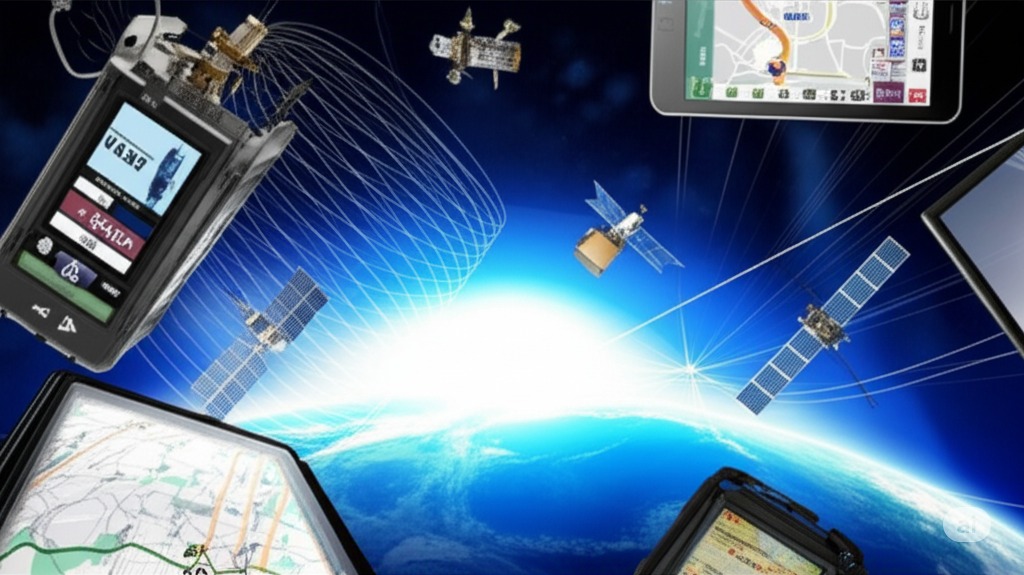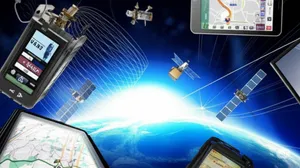Implementation Process
- Comprehensive needs assessment identifying specific fleet management requirements
- System selection process evaluating hardware and software compatibility
- Professional installation services ensuring optimal device placement and configuration
- Software setup and customization tailored to operational workflows
- User training programs covering system operation and best practices
- Testing and validation phases confirming system functionality and accuracy
- Phased rollout strategy minimizing disruption to daily operations
- Ongoing support and optimization ensuring maximum system effectiveness




